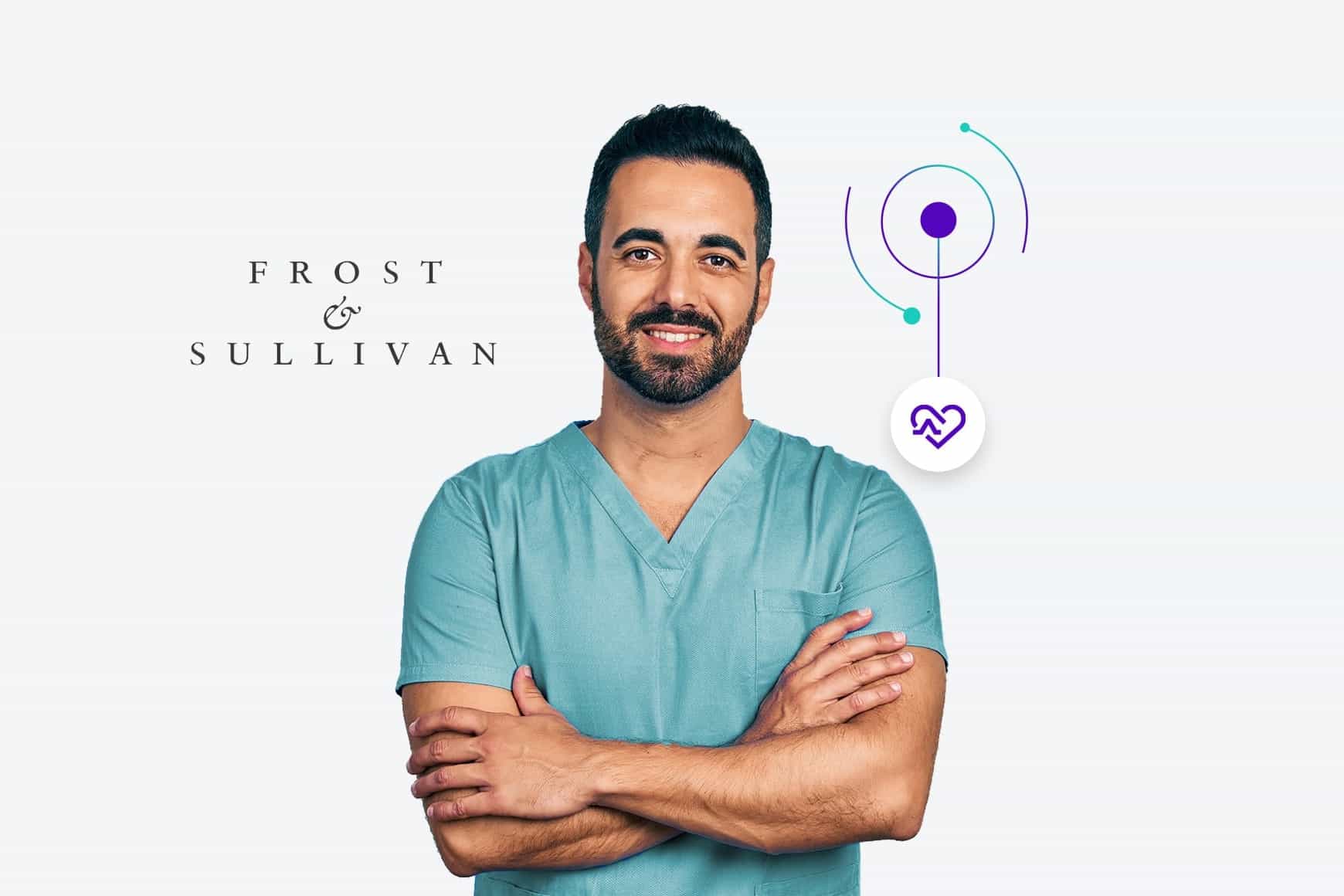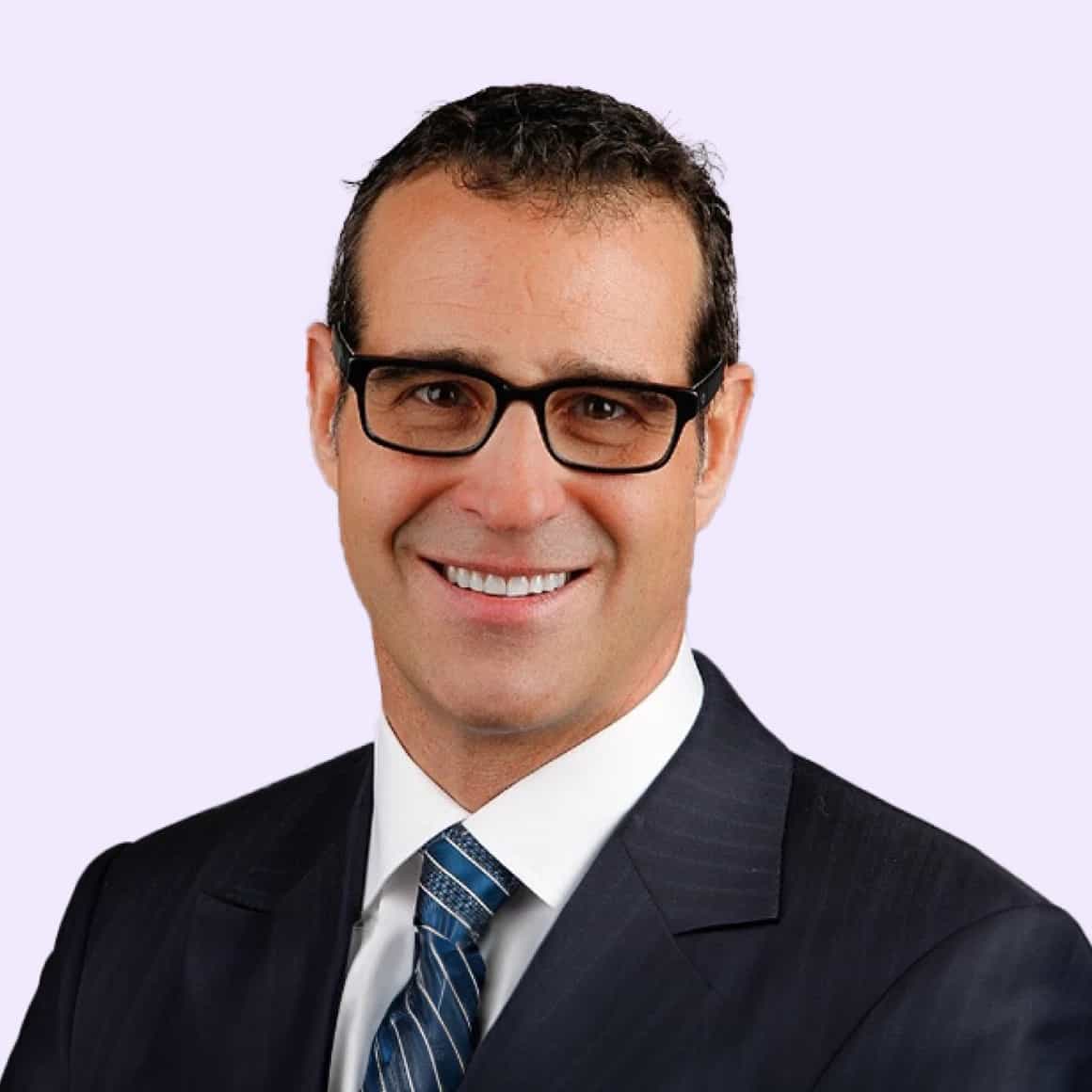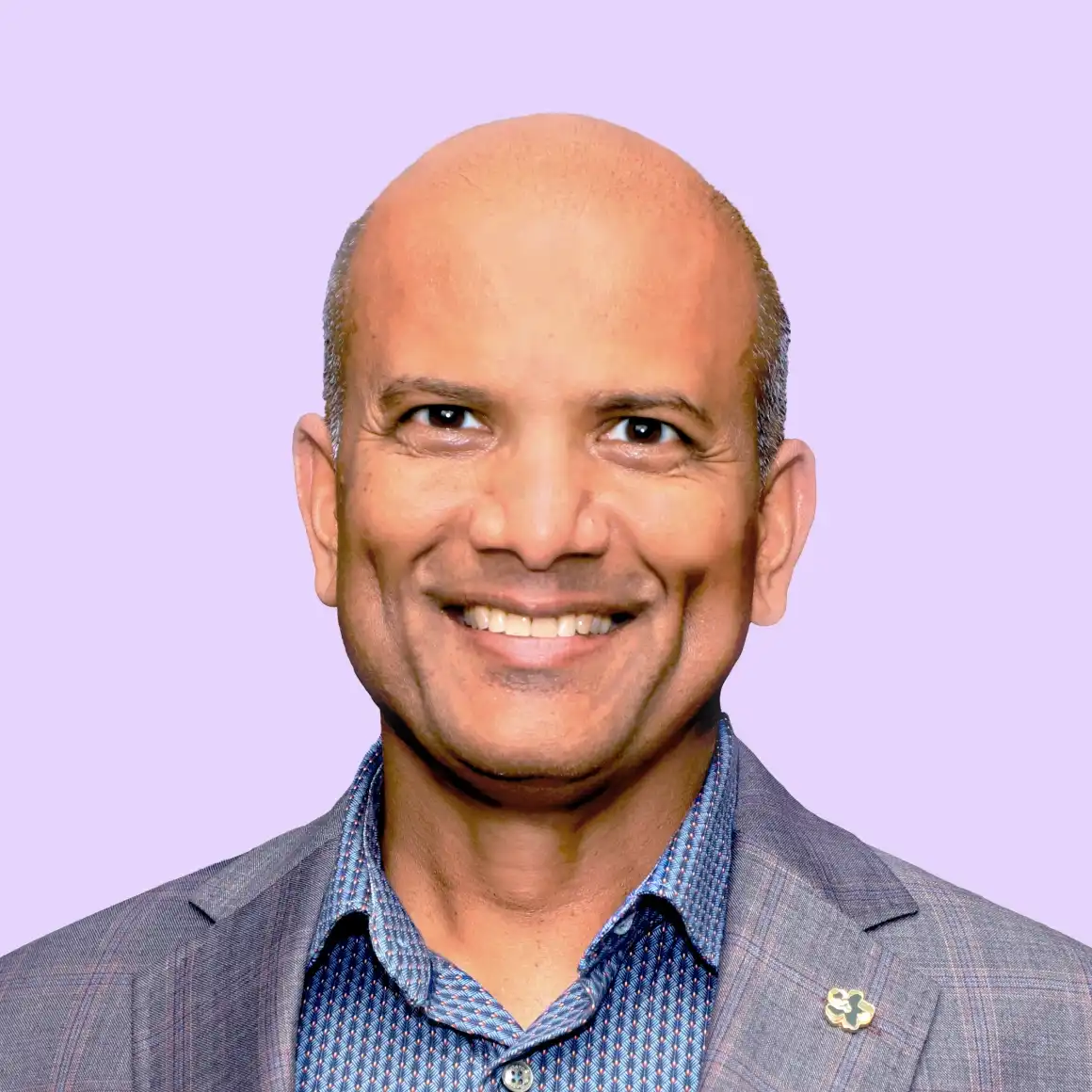NGPX 2022 conference recap: Tomorrow’s patient experience trends

By Lisa Leung
0 min read

Top three takeaways from healthcare’s top patient experience forum.
NGPX 2022 in Indian Wells brought healthcare thought leaders and practitioners together to discuss patient experience trends and tackle top questions like how to improve healthcare consumer experience and why patient experience is important. Solution providers and health systems shared positive outcomes and lessons learned from their partnerships and initiatives.
Here are three key takeaways:
1. Human connection is at the heart of the most impactful patient experiences.
Healthcare is a deeply personal matter, as it involves both physical health and overall well-being. Patients may be struggling with illness and families may have complex issues to deal with as well. In the NGPX opening CXO panel, healthcare leaders discussed what “the new awesome” should look like in the wake of the COVID-19 pandemic and the reshaping of “the new normal.” They recommended getting back to basics—with a focus on people, relationships, and human connection—and viewing “the new awesome” as a goal for the entire journey. Healthcare staff and patients are linked through their experiences, and they can sense each other’s energy levels.
Staff experience has become a top patient experience priority, with a greater emphasis on ensuring those delivering care are at their best throughout the patient’s journey. Christine Cunningham, chief experience and improvement officer at El Camino Health, shared her observations on the value of visitors in supporting patients, and how staff bandwidth improves when the family is in the room to aid and comfort their loved one. Alan Dubovsky, the chief patient experience officer at Cedars-Sinai also shared how practicing vulnerability helped his group build teamwork over shared challenges and encouraged them to rely on each other for help in difficult times.
In another session, Mike Woodruff, chief experience officer at Intermountain Healthcare spoke about “hardwiring empathy” in organizational processes and the importance of building trust with patients. Exceptional experiences require solid processes and dedicated staff accountable for their successful execution. Processes should help providers leave patients feeling cared for and trusting the health system. When patients trust their provider, they are more loyal and likely to return for care the next time they need it.
Lastly, another panel discussion focused on how digitization in healthcare has made the patient journey more personalized and efficient. One concern shared about digitization was the depersonalization of healthcare, but we can create empathy and compassion in a digital world by making the work of providers more efficient. Talkdesk Healthcare Experience Cloud™ addresses staff burnout in healthcare by making the lives of staff easier and eliminating manual tasks through our patient self-service capabilities. Staff bandwidth is freed for interactions that require more human judgment and empathy.

REPORT
Talkdesk earns Frost & Sullivan 2022 Customer Value Leadership award: Global health and life sciences CCaaS market
2. Data analysis and feedback powerfully shape staff culture and patient experience management.
At the NGPX 2022 conference, health system leaders discussed the use of survey data to improve quality outcomes and organizational culture. Banner Health shared their success with running surveys through call center calls, collecting over 300,000 surveys annually from more than 20 listening posts. They found that the biggest challenge was access to care, but also celebrated positive feedback and personal patient experience stories shared by their healthcare staff. Missouri Healthcare shared an example of how they created patient-centered surveys and measured improved quality outcomes, such as decreased readmission and Emergency Department return rates, increased care compliance, and increased repeat customers within six months after patient loyalty was declared on the surveys.
In the healthcare contact center, Talkdesk offers a better way for patient feedback analytics and employee recognition through workforce engagement and performance management applications. These applications detect emotions in patient interactions and score the quality of conversations through sentiment analysis, while also allowing supervisors to coach employees and recognize good work. By empowering staff with technology that gives them insights into their patient interactions and recognition from their supervisors, they become more engaged with their patient experience mission.

3. Technology, process, and culture are the three legs of the stool for a great patient experience.
There are endless possibilities for using technology to improve the patient experience in healthcare. While all health organizations have access to the same technologies, their success may vary based on their unique culture, facilities, and served populations. At the NGPX 2022 conference, we learned about several examples of using technology to implement unique patient experience initiatives. In one keynote session, Lisa Allen from Johns Hopkins spoke about their journey of implementing a new visitor welcoming system. She emphasized the importance of front-loading collaboration and being generous with expectations for the length of the project. Overall, these recommendations can help other organizations navigate the process of implementing new technologies to improve the patient experience.
During another keynote session, Sharp Healthcare presented their unique model for aligning and holding staff accountable to their pillars of excellence, which has helped them achieve positive results and serve their patients. As part of this model, Sharp offers leadership development and recognition programs that award staff for demonstrating the pillars. They also use Pillar Report Cards to track quality and performance improvement. By implementing these initiatives, Sharp is able to ensure that their staff are consistently upholding the organization’s standards of excellence.
Patty Hayward, VP of healthcare strategy at Talkdesk, spoke about a broader industry perspective on common trends and recommendations for improving staff and patient experience with technology. Based on Talkdesk Research™ in partnership with CHIME, Patty showed that disjointed experiences from siloed data, channels, tools, and platforms that support patient experience are a widespread issue for healthcare leaders. Fractured ownership and limitations of technology architecture are also the top barriers to consolidating patient engagement capabilities into a deeply integrated platform.

Many healthcare executives prioritize the integration of patient experience technologies, but are not confident that their organization can unify them effectively. While different health systems may consider the same technologies to solve similar problems, it is important to remember that technology is only one part of the equation. Aligning unique organizational processes and cultures with technology is crucial to driving successful patient experience transformation.
At Talkdesk, our goal is to unify interactions across the entire patient journey and break down data silos through integrations with key systems of record. We are proud to partner with healthcare organizations to deliver patient experiences that build trust and loyalty. If you’d like to learn more, request a demo.








